In 2025, air pollution has become a pressing issue in cities across the UK, with recent smog events highlighting its serious health impacts. As concern grows, understanding pm25 air quality reports is more important than ever for protecting yourself and your family. This essential guide will explain what PM25 is, how these reports are produced, what the data means, the health risks involved, and the practical actions you can take to improve air quality and make informed decisions.
Understanding PM25: What It Is and Why It Matters
Air pollution remains a major concern in 2025, with the public increasingly relying on pm25 air quality reports to stay informed. But what exactly is PM25, and why does it matter for our health and environment? Let us explore its definition, impacts, and current trends.
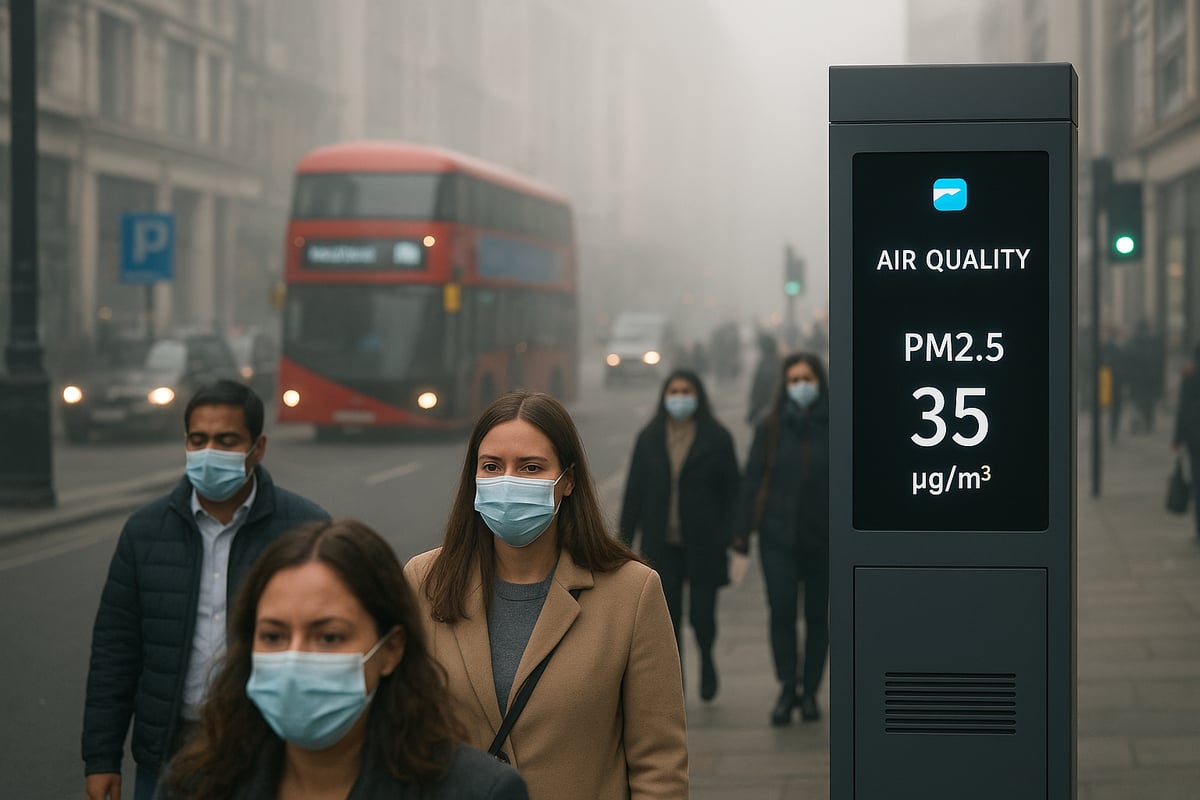
Definition and Composition of PM25
PM25 refers to fine particulate matter with a diameter of less than 2.5 microns. These particles are so small they can only be seen with an electron microscope. Common sources include vehicle emissions, industrial activity, wildfires, and domestic heating.
PM25 consists of a complex mix of solids and liquid droplets, such as sulphates, nitrates, organic chemicals, metals, and dust. Due to their tiny size, PM25 particles can penetrate deep into the lungs and even enter the bloodstream.
Let us compare PM25 with PM10 and other pollutants:
| Pollutant | Particle Size | Common Sources | Health Risk Level |
|---|---|---|---|
| PM25 | <2.5 microns | Traffic, industry, fires | High |
| PM10 | <10 microns | Construction, dust | Moderate |
| NO2 | Gas | Cars, power plants | Moderate |
Understanding the composition and sources of PM25 is essential for interpreting pm25 air quality reports and making informed choices.
Health and Environmental Impacts of PM25
Short-term exposure to PM25 can lead to coughing, eye irritation, and exacerbation of asthma. Long-term exposure has more serious effects, including increased risk of heart disease, stroke, and even neurological disorders. Vulnerable groups such as children, the elderly, and those with chronic illnesses are especially at risk.
Both the World Health Organization and UK government have set guidelines for safe PM25 levels, but many urban areas still exceed these. PM25 also affects the environment by reducing visibility and damaging ecosystems.
Interpreting pm25 air quality reports is vital for protecting at-risk populations and understanding the broader environmental impact of these pollutants.
Global and Local Trends in PM25 Levels
Recent data from UK Air Quality Statistics 2024 shows that PM25 levels in major UK cities remain a challenge, despite ongoing clean air initiatives. London, for example, has implemented stricter emissions policies, resulting in a gradual decline in average PM25 readings. However, high-profile air pollution events continue to occur, often influenced by weather patterns, urban growth, and policy changes.
Globally, cities in Asia and parts of Europe report even higher PM25 concentrations, impacting millions of people. By regularly consulting pm25 air quality reports, communities can better respond to pollution spikes and advocate for further improvements.
How PM25 Air Quality Reports Are Generated
Understanding how pm25 air quality reports are generated is crucial for anyone seeking to interpret the data with confidence. The process blends advanced technology, rigorous standards, and broad accessibility to deliver meaningful insights for public health and environmental management.
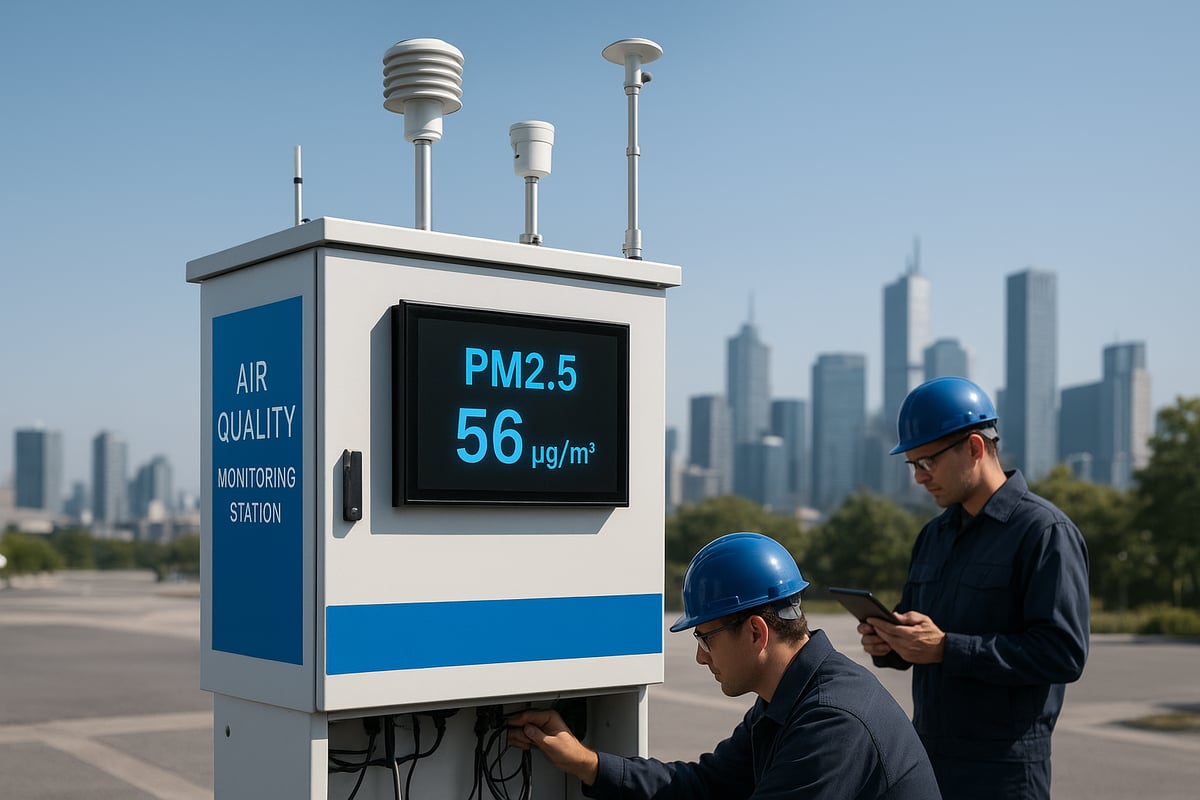
Monitoring Technologies and Networks
The foundation of pm25 air quality reports lies in robust monitoring networks and cutting-edge sensor technology. These networks use several sensor types, including gravimetric analysers, beta attenuation monitors, and optical particle counters. Each sensor detects fine particulate matter in the air, focusing on particles smaller than 2.5 microns.
In the UK, national and local networks like DEFRA’s Automatic Urban and Rural Network (AURN) provide comprehensive coverage. These are complemented by mobile monitoring units and satellite-based platforms for broader spatial data. The integration of smart sensor technology has revolutionised how data is gathered and reported. For a deeper look at the latest advancements, see Smart sensor technology for PM25.
Schools, offices, and even public transport systems increasingly deploy these systems to ensure real time monitoring and rapid response.
Data Collection and Analysis Methods
Once air samples are collected, the next step in pm25 air quality reports is rigorous data analysis. Monitoring stations operate on set schedules, capturing data at intervals ranging from minutes to hours. High spatial resolution is achieved by placing monitors strategically across urban and rural areas.
To ensure accuracy, sensors undergo regular calibration and maintenance. Quality assurance protocols are strictly followed, verifying that the measurements remain reliable over time. Data validation includes cross-checking results, applying correction factors, and removing anomalies.
Error correction procedures are essential, especially when integrating readings from different sensor types or locations. This ensures that the final data set reflects true ambient conditions.
Report Compilation and Publication
Raw data from sensors must be processed to produce meaningful pm25 air quality reports. Data is aggregated, cleaned, and converted into standard metrics such as micrograms per cubic metre (µg/m³) and the Air Quality Index (AQI). Reports typically present daily and hourly averages to highlight variations over time.
To provide a more holistic view, data from weather stations and traffic sensors is often integrated. This helps to contextualise pollution spikes and identify potential sources.
A typical workflow for report generation:
| Step | Description |
|---|---|
| Data Collection | Sensors record PM25 levels |
| Quality Assurance | Calibration and validation |
| Data Processing | Cleaning and aggregation |
| Integration | Combine with weather and traffic data |
| Report Generation | User-friendly summaries and indices |
The result is a clear, actionable report suitable for both public and professional use.
Accessibility and Public Platforms
Accessibility is a defining feature of modern pm25 air quality reports. The UK government publishes real time and historical data through platforms like UK Air, while apps such as AirVisual offer mobile access for the public. Local councils also maintain dashboards that provide neighbourhood-specific updates.
Many platforms offer real time alerts via notifications, especially during high pollution events. This helps individuals and communities make informed decisions quickly.
Information can be found on government websites, third party platforms, and dedicated apps. These resources ensure that everyone, from policymakers to parents, can access vital air quality data when they need it most.
Challenges in PM25 Reporting
Despite technological advances, challenges persist in creating comprehensive pm25 air quality reports. Data gaps remain in rural or less densely populated areas, where fewer monitors are installed. This can leave some communities without timely or accurate information.
Low cost sensors and citizen science initiatives have helped expand coverage, yet they often face limitations in precision and consistency. Misinterpretation of data is another concern, especially when reports are shared without proper context or explanation.
Efforts to address these challenges include expanding monitoring networks, improving sensor calibration, and investing in public education. Reliable pm25 air quality reports depend on continuous innovation and transparent communication.
Interpreting PM25 Air Quality Reports: A Step-by-Step Guide
Understanding pm25 air quality reports can seem daunting at first, but a methodical approach makes the process manageable and insightful. By following these clear steps, you will gain the confidence to assess air quality data, make informed decisions, and better protect your health.
Step 1: Locating Reliable PM25 Reports
The first step in interpreting pm25 air quality reports is to find trustworthy sources. Official government platforms such as DEFRA or local council dashboards offer real-time and historical data. These sources are subject to strict quality controls, so you can rely on the accuracy and timeliness of the information.
Alternatively, third-party aggregators and mobile apps may provide additional features, like user-friendly interfaces or regional comparisons. Always check the timestamp on any pm25 air quality reports to ensure you are viewing the most recent data. Outdated information can lead to poor decision making, especially during fast-changing pollution events.
Look for platforms that clearly state how often they update their readings. Some update hourly, while others may offer near real-time reporting. Consistent, timely updates are crucial for accurate interpretation.
Step 2: Reading Key Metrics and Indices
When reading pm25 air quality reports, focus on two main metrics: micrograms per cubic metre (µg/m³) and the Air Quality Index (AQI). µg/m³ quantifies the concentration of PM2.5 particles in the air, while AQI translates this data into a scale that is easier to understand.
Here is a quick reference table for AQI categories:
| AQI Level | PM2.5 (µg/m³) | Health Meaning |
|---|---|---|
| Good | 0–12 | Air quality is ideal |
| Moderate | 13–35 | Acceptable, some risk |
| Unhealthy | 36–55 | Sensitive groups affected |
| Very Unhealthy | 56–150 | Health warnings issued |
Daily pm25 air quality reports often show fluctuations based on weather, traffic, and industrial activity. For example, PM2.5 Concentrations in UK Cities reveal that levels can spike during rush hours or winter months, especially in dense urban environments like Manchester.
Step 3: Assessing Health Risk Levels
Interpreting pm25 air quality reports involves more than reading numbers. You must connect AQI categories to concrete health advisories. When levels rise into the “Unhealthy” range, official guidance may urge people to limit outdoor activity, especially sensitive groups such as children, the elderly, and those with respiratory conditions.
Check for any special alerts or advice included in pm25 air quality reports. These are often issued by public health authorities and are tailored to the severity of the pollution episode. Always consider your personal health status and risk factors when reading these advisories.
Sensitive groups should be extra cautious, as even “Moderate” levels can trigger symptoms like coughing or shortness of breath. Government-issued guidance will outline specific actions to take during high exposure periods.
Step 4: Analysing Trends and Patterns
Beyond single-day readings, pm25 air quality reports are valuable for identifying trends. Look for historical data to spot seasonal patterns, such as wintertime spikes caused by increased heating or summer drops due to rainfall.
Compare data from different times of day or across various locations. Urban areas often experience higher and more volatile PM2.5 levels compared to rural settings. Analysing these patterns can help you anticipate high-risk periods and plan accordingly.
For instance, in many UK cities, pm25 air quality reports show noticeable increases during cold snaps when domestic heating is in heavy use. Recognising these patterns enables proactive steps to reduce exposure.
Step 5: Responding to Report Findings
The final step is to use pm25 air quality reports to guide your actions. When high PM2.5 levels are reported, consider staying indoors, using air purifiers, or wearing masks if you must go outside. Adjust outdoor activities and travel plans to avoid peak pollution periods.
Community-wide responses are also important. Schools and workplaces may initiate clean air protocols or issue public alerts. At the individual level, you can support local initiatives and encourage others to monitor pm25 air quality reports regularly.
Consistent engagement with these reports empowers you to make choices that protect your health and contribute to broader air quality improvements.
The Health Implications of PM25 Exposure
Air pollution is a growing public health challenge, with pm25 air quality reports highlighting the urgent need for action. The dangers of PM25 exposure are well documented, affecting millions across the UK and beyond. Understanding these health implications helps individuals and communities make informed choices to protect themselves.
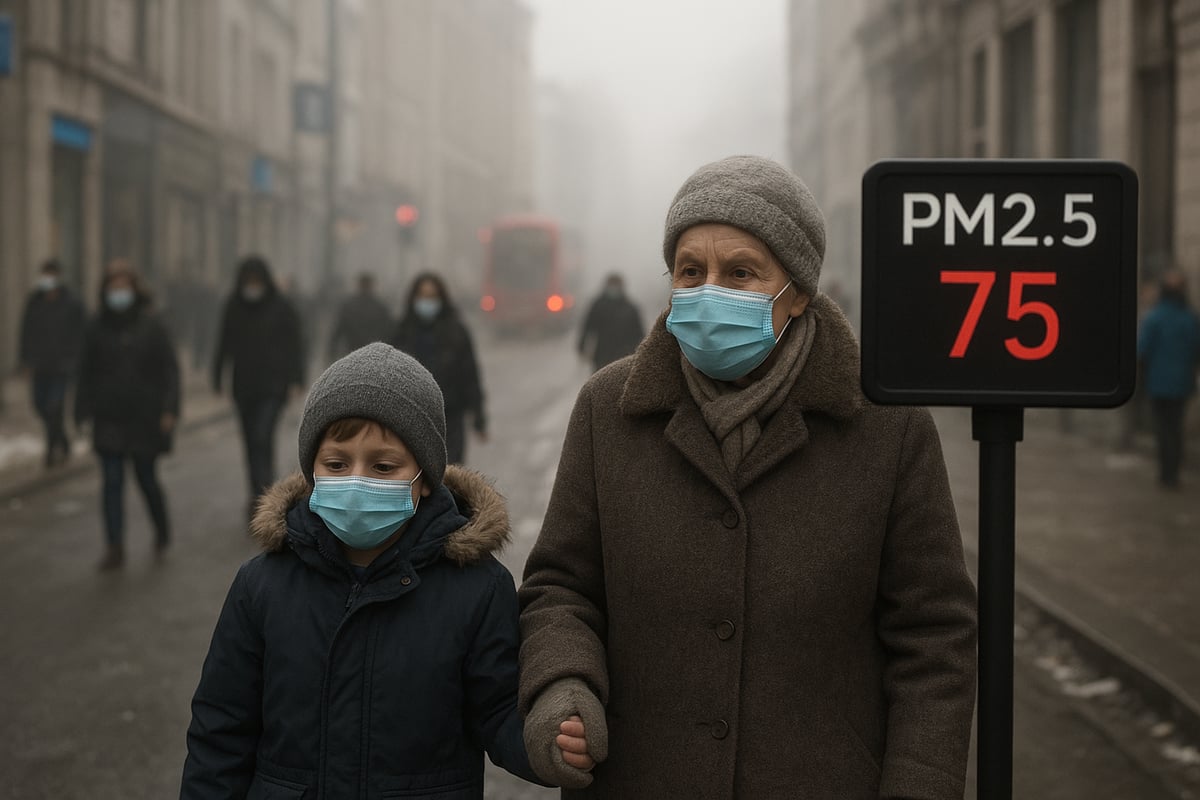
Acute and Chronic Health Risks
PM25, or particulate matter smaller than 2.5 microns, can penetrate deep into the lungs and bloodstream. Short-term exposure, as revealed in recent pm25 air quality reports, often leads to coughing, breathing difficulties, eye irritation, and asthma attacks. Hospitals commonly report spikes in admissions during days with poor air quality.
Long-term exposure is even more concerning. Studies have linked PM25 to heart disease, strokes, chronic respiratory conditions, and even neurological disorders. Children exposed to PM25 may face developmental challenges, while adults have an increased risk of cancer and premature death. The evidence is clear: both acute and chronic health impacts from PM25 are significant and warrant close attention.
Population Groups Most at Risk
Not everyone faces the same level of risk from PM25. According to pm25 air quality reports, children and the elderly are especially vulnerable. Their immune systems are less capable of handling airborne pollutants, making them prone to respiratory infections and asthma.
Individuals with chronic illnesses, such as heart or lung disease, are also at higher risk. Socioeconomic factors play a role, with disadvantaged communities often living closer to sources of pollution. Urban schools in major UK cities have reported increased asthma rates among pupils, a trend closely tied to local PM25 levels. Protecting these groups requires targeted interventions and continuous monitoring.
Economic and Social Costs
The health impacts of PM25 exposure also translate into significant economic and social costs. NHS data shows that pm25 air quality reports correlate with increased spending on pollution-related illnesses. Hospital admissions, medication, and long-term care for affected individuals strain public resources.
Work productivity suffers as employees take more sick days during high pollution periods. School attendance drops, particularly among children with asthma or other respiratory conditions. Social inequalities are further exacerbated, as those in low-income areas bear a disproportionate burden of disease and healthcare costs. Addressing PM25 exposure is not only a matter of health but also of social justice.
Policy and Public Health Responses
Recognising the wide-ranging impacts of PM25, governments and health agencies have launched comprehensive responses. Awareness campaigns educate the public on how to reduce exposure, while local authorities implement air quality action plans in major cities. Healthcare providers play a crucial role in advising patients, especially those in high-risk groups, based on pm25 air quality reports.
Progress is being tracked through national indicators, such as Defra's PM2.5 Exposure Indicator, which measures population exposure and guides policy adjustments. These efforts are essential for reducing health risks, ensuring resources are targeted where they are most needed, and holding decision-makers accountable for clean air progress. Continued vigilance and community engagement remain vital as the fight against PM25 pollution advances.
Technology, Policy, and Innovation in PM25 Monitoring (2025)
The landscape of pm25 air quality reports is rapidly evolving in 2025, shaped by cutting-edge technology, robust policy, and collaborative innovation. Understanding these advancements is essential for interpreting reports and making informed decisions. Let’s explore how new tools, government action, and community efforts are redefining air quality monitoring and response.
Advances in Sensor Technology
Sensor technology has transformed the accuracy and accessibility of pm25 air quality reports. Modern sensors are now smaller, more affordable, and easier to install in schools, offices, and public spaces. These sensors use advanced optical and laser-based detection, providing real-time measurements with high precision.
Integration with smart building systems allows for automated ventilation control and instant alerts. In educational settings, schools are deploying real-time monitoring for both pm25 and vaping, helping to protect students and staff. For a deeper look at how these technologies are being implemented in UK schools, see Air quality monitoring in schools.
The availability of user-friendly dashboards and mobile apps has made it possible for individuals and organisations to monitor indoor and outdoor air quality with ease. As a result, more people can respond quickly when pm25 levels rise.
Government Regulations and Initiatives
Government action remains central to the evolution of pm25 air quality reports. In 2025, the UK has introduced stricter emission standards for vehicles and industry, aiming to meet ambitious national air quality targets. The updated Clean Air Strategy focuses on reducing pm25 emissions, particularly in urban centres.
Investment in local air quality improvement projects is rising, with councils using data from monitoring networks to inform policy and public health campaigns. New regulations require real-time reporting and greater transparency, giving the public reliable access to pm25 air quality reports.
To understand how England is progressing towards its pm25 targets and what this means for future planning, consult the RPS Analysis on PM2.5 Targets. These policy efforts are driving measurable reductions in particulate matter across major UK cities.
Community and Citizen Science Efforts
Community involvement is reshaping the way pm25 air quality reports are generated and used. Grassroots monitoring projects, often supported by local councils and charities, empower residents to install low-cost sensors and share data online. These networks help fill gaps in official monitoring, particularly in areas with limited government resources.
Publicly accessible air quality mapping tools make it easy for individuals to visualise pm25 trends in their neighbourhoods. Through initiatives like London’s Breathe London project, communities are raising awareness and advocating for cleaner air.
Citizen science not only enriches official data but also encourages public engagement. By contributing to real-time pm25 air quality reports, residents play an active role in shaping local interventions and policies.
Role of Businesses in Air Quality Management
Businesses are increasingly recognising their responsibility in managing air quality and contributing to accurate pm25 air quality reports. Many companies now install workplace monitoring systems to ensure a healthy environment for employees and visitors.
Corporate adoption of green technologies, such as electric vehicle fleets and energy-efficient heating, directly reduces emissions. Some organisations collaborate with local authorities to support clean air zones and anti-pollution campaigns.
By sharing air quality data and best practices, businesses help build a culture of transparency and continuous improvement. Their commitment is essential for achieving long-term reductions in pm25 and safeguarding public health.
Practical Steps to Improve Air Quality and Reduce PM25 Exposure
Taking action to improve air quality and reduce exposure to harmful particulates is vital for personal and public health. Understanding how to use pm25 air quality reports empowers you to make informed choices in your daily life. The following steps offer practical guidance for individuals, communities, and organisations seeking to create cleaner air and safer environments.
Individual and Household Actions
Start by making changes at home, where you spend most of your time. Regularly check pm25 air quality reports to know when pollution levels are high. Close windows during poor air days, and use certified air purifiers with HEPA filters to remove fine particles from indoor air.
- Avoid burning candles, wood, or incense, as these can raise indoor PM25 levels.
- Choose low emission transport, like walking, cycling, or electric vehicles, whenever possible.
- Limit smoking and discourage vaping indoors to prevent further air contamination.
Ventilating your home during periods of low outdoor pollution can also help maintain healthy air. By staying informed through pm25 air quality reports, you can adjust your routines to reduce exposure for yourself and your family.
Community and Organisational Strategies
Working together amplifies the impact of clean air initiatives. Communities can organise local tree planting to absorb particulates and promote green spaces. Encourage schools, offices, and community centres to install air quality monitors and share the findings from pm25 air quality reports with the public.
- Join or support local clean air campaigns.
- Educate neighbours about reducing emissions from domestic heating.
- Advocate for safer walking and cycling routes.
Organisations can further contribute by adopting policies that reduce emissions, such as switching to green energy providers and supporting staff in using sustainable transport. Sharing insights from pm25 air quality reports helps everyone stay informed and take collective action.
Policy Advocacy and Civic Engagement
Effective change often starts with civic participation. Use pm25 air quality reports as evidence when engaging with local authorities or supporting clean air legislation. Reporting pollution incidents to councils or environmental agencies can trigger investigations and improvements.
- Attend public meetings to discuss air quality plans.
- Sign petitions that support tougher emission standards.
- Encourage your council to prioritise air quality in urban planning.
By staying engaged, you help ensure that air quality remains a priority at every level of government. Policy advocacy, supported by data from pm25 air quality reports, drives long term improvements in public health.
Leveraging Technology for Personal Protection
Technology offers powerful tools for managing your exposure to air pollution. Download real time air quality apps that use pm25 air quality reports to provide alerts when outdoor pollution is high. These apps help you plan activities, such as exercising or commuting, when air is cleaner.
- Use wearable air quality monitors if you have respiratory conditions.
- Set notifications for high pollution days to remind you to stay indoors.
- Choose apps that integrate weather and pollution data for a comprehensive view.
By leveraging these tools, you can respond quickly to changing conditions. Relying on accurate pm25 air quality reports ensures that your actions are based on the latest information.
Workplace and School Measures
Safe environments are crucial for productivity and wellbeing. Schools and workplaces should install high efficiency particulate air (HEPA) filtration systems and establish clean air zones. Regularly reviewing pm25 air quality reports enables timely interventions, such as rescheduling outdoor activities or increasing ventilation.
- Implement anti idling policies for vehicles near buildings.
- Run awareness campaigns about the health impacts of PM25.
- Train staff and students on how to interpret air quality reports.
For real world examples of how air quality and PM25 monitoring can make a difference, explore these real-time vape and air monitoring case studies. These demonstrate the positive impact of proactive monitoring in educational and professional settings.
Long-Term Solutions and Future Outlook
Sustained progress depends on systemic changes. Transitioning to renewable energy sources and integrating green infrastructure into city planning are essential for lowering PM25 levels. Urban planners can design spaces that encourage walking, cycling, and public transport, reducing reliance on polluting vehicles.
- Support investments in clean energy and green technologies.
- Participate in local consultations on urban development.
- Engage in public discussions about air quality improvements.
Public participation, combined with innovation and consistent reference to pm25 air quality reports, will drive healthier, greener cities. By taking both immediate and long term actions, individuals and communities can create lasting change for future generations.
Now that you understand the crucial role PM25 air quality reports play in safeguarding our health and environments, it’s clear that access to accurate, real time data makes all the difference. Whether you’re responsible for a school, office, or leisure space, being proactive about monitoring air quality can help you create a safer, healthier place for everyone. Vape Guardian’s advanced solutions go beyond just numbers—they empower you to respond quickly and effectively to air quality concerns. If you’d like to see how these technologies can help protect your building and those within it, talk to our team and protect your building today.

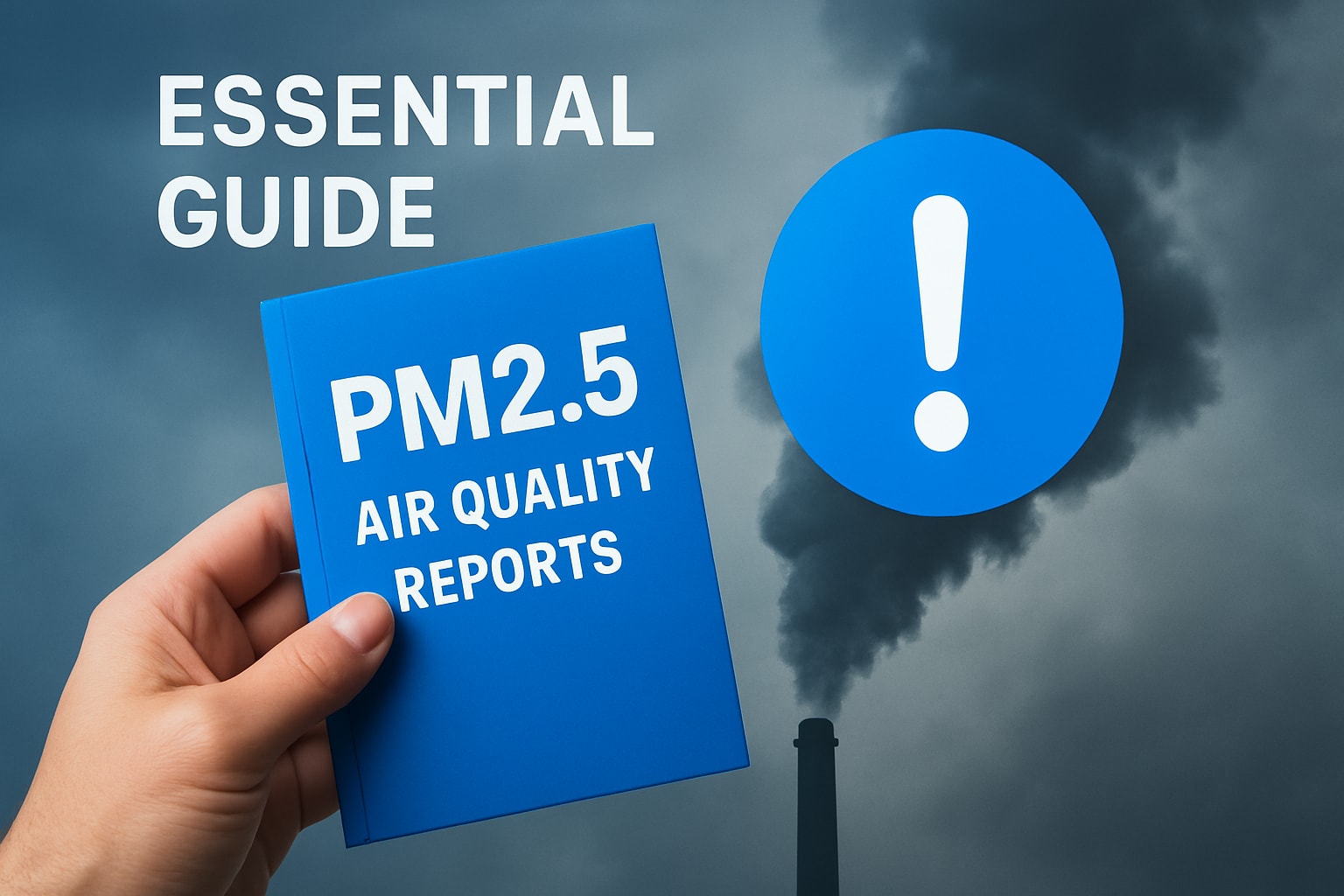
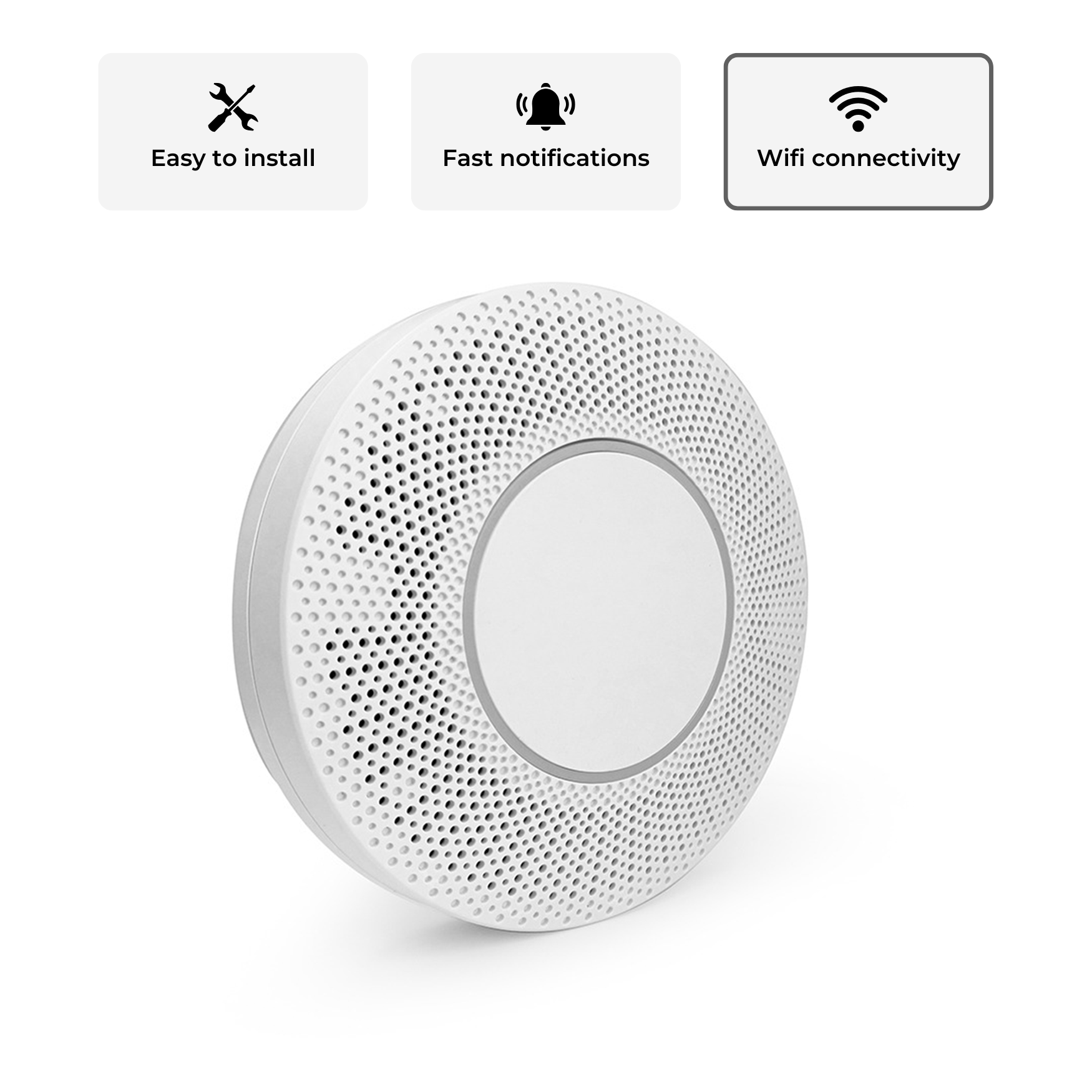
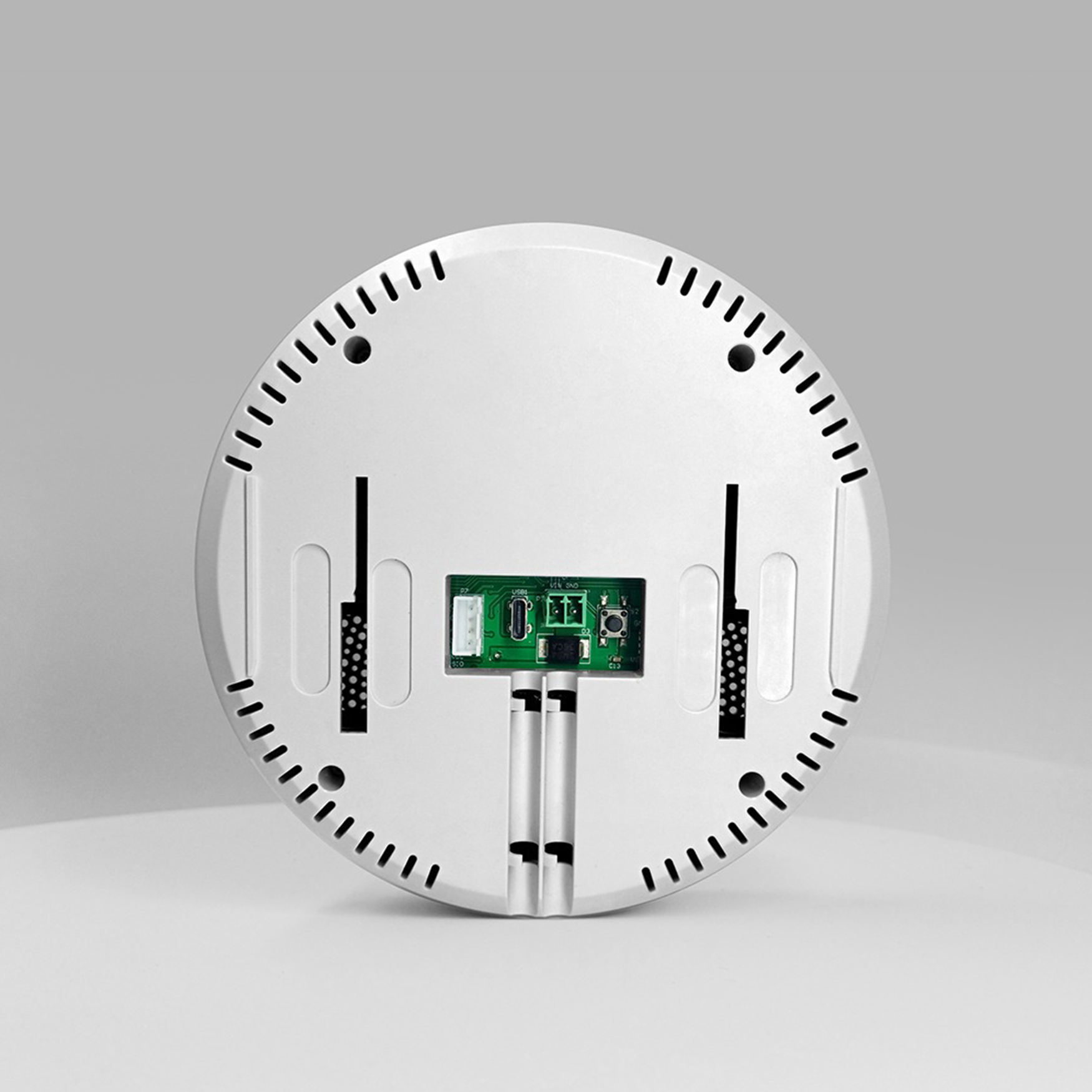
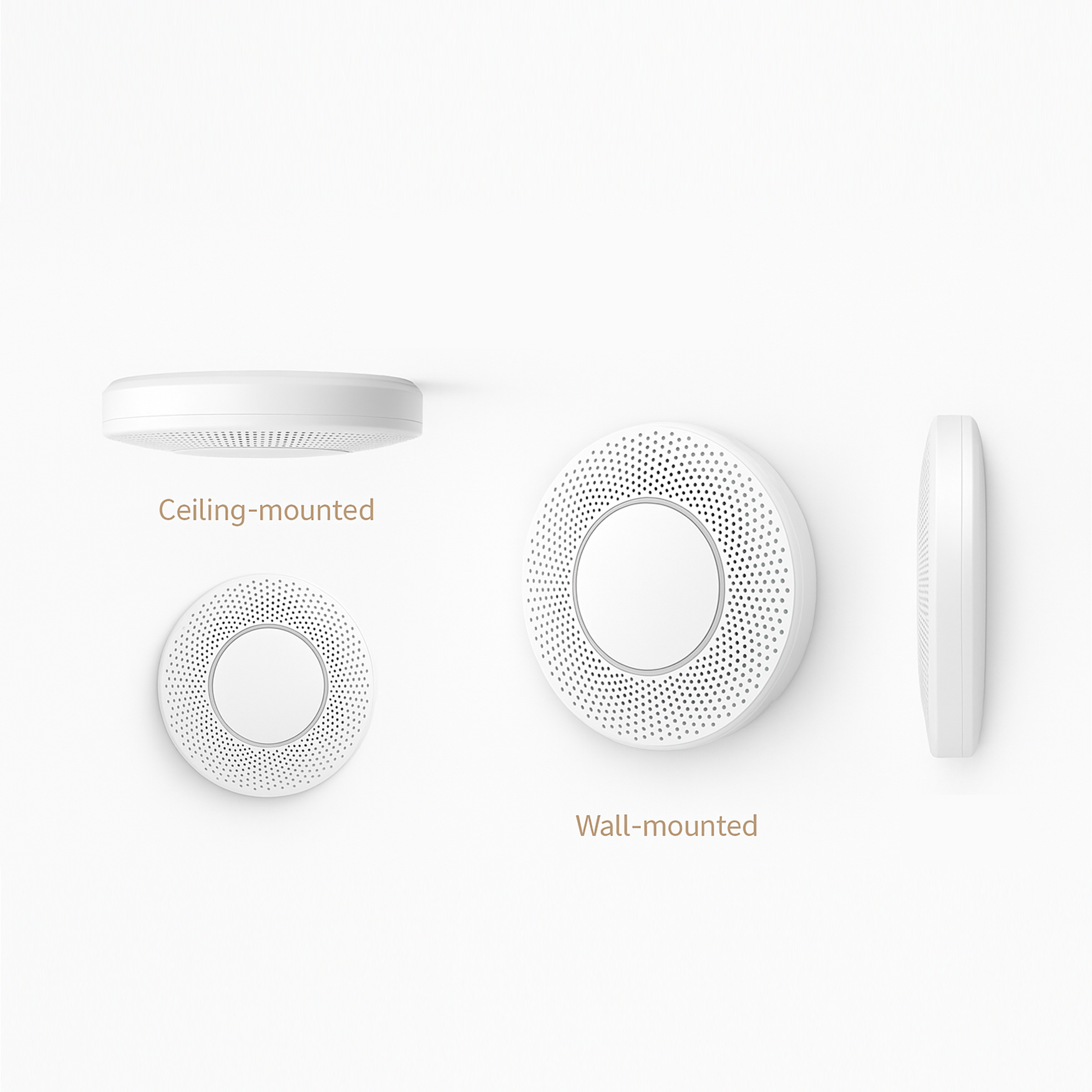

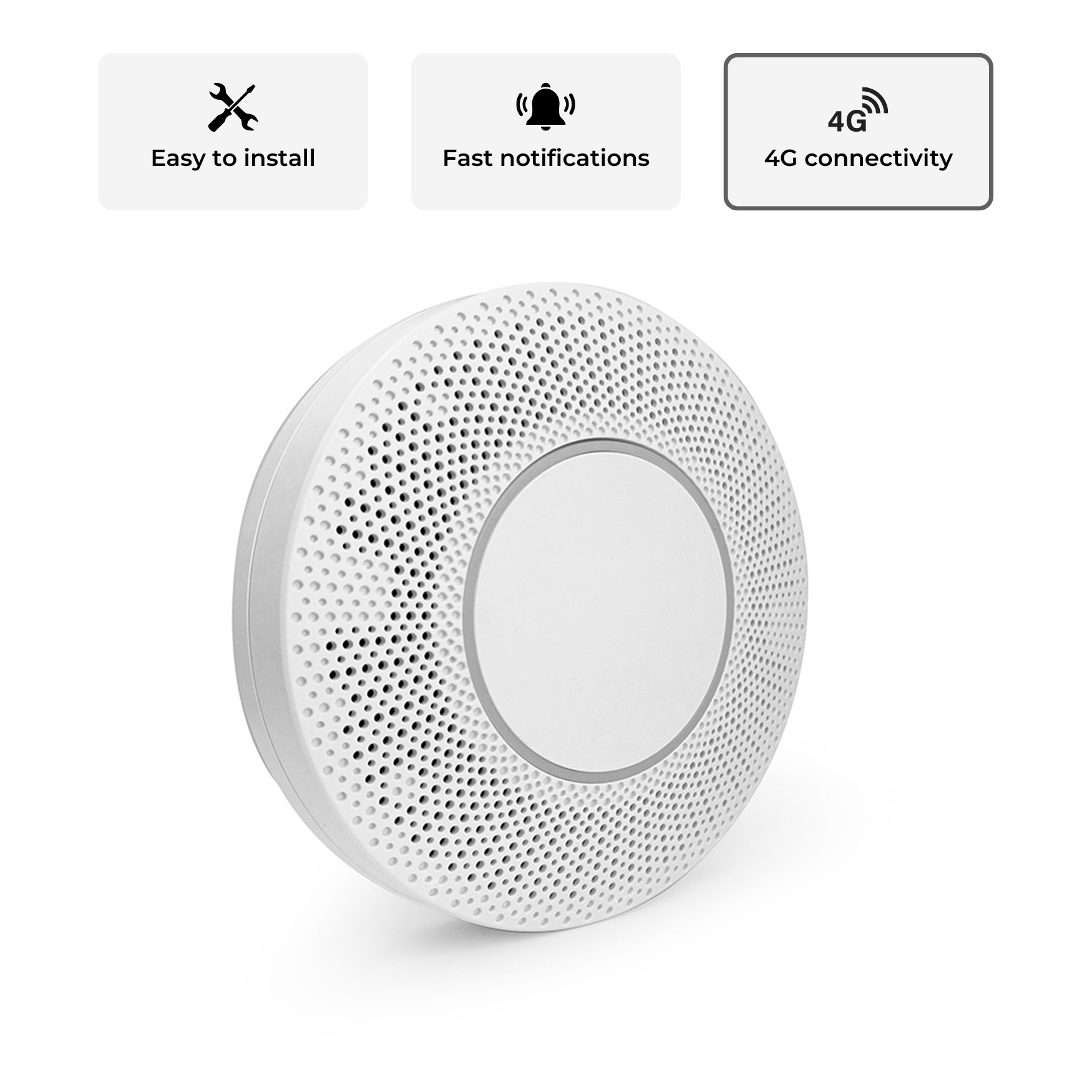
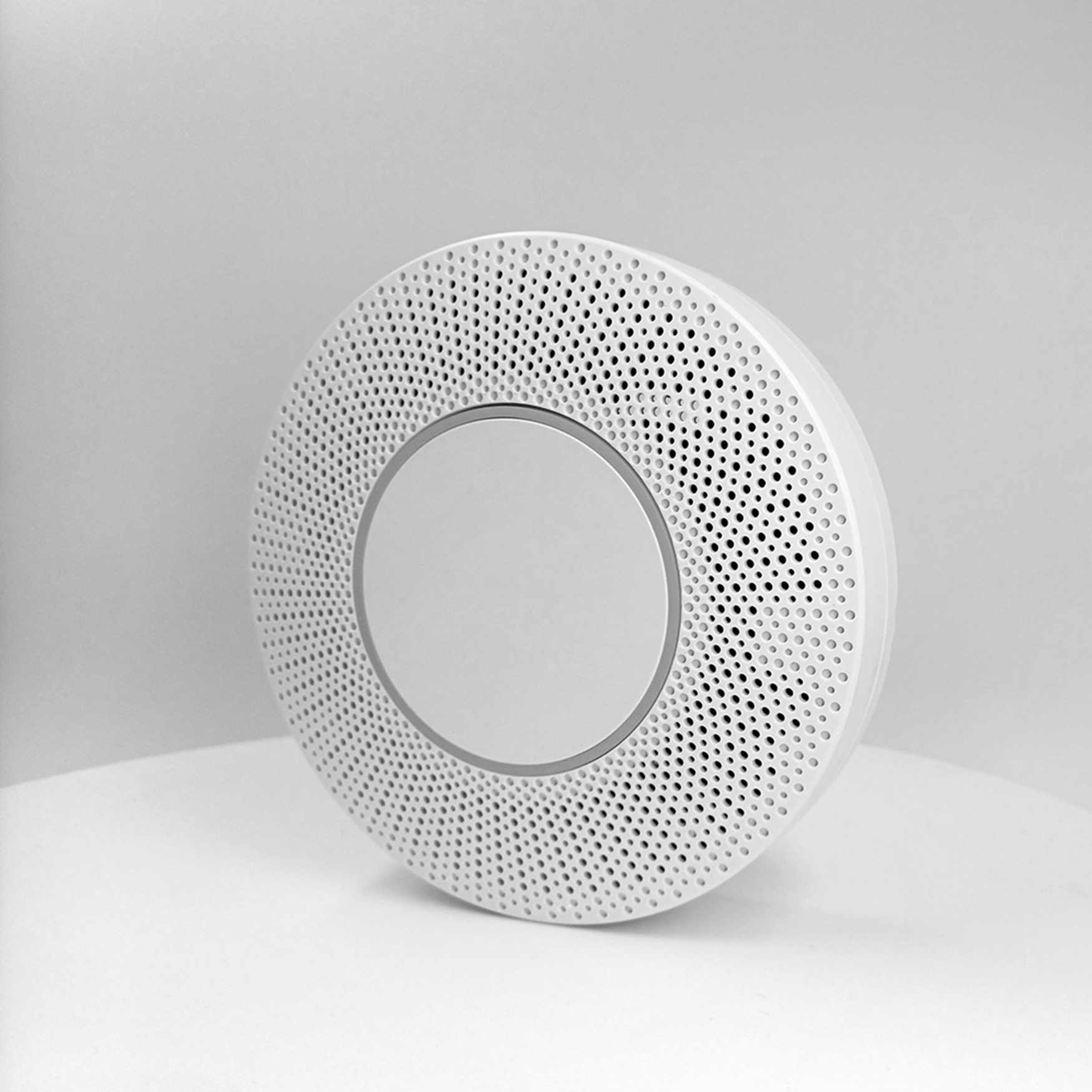
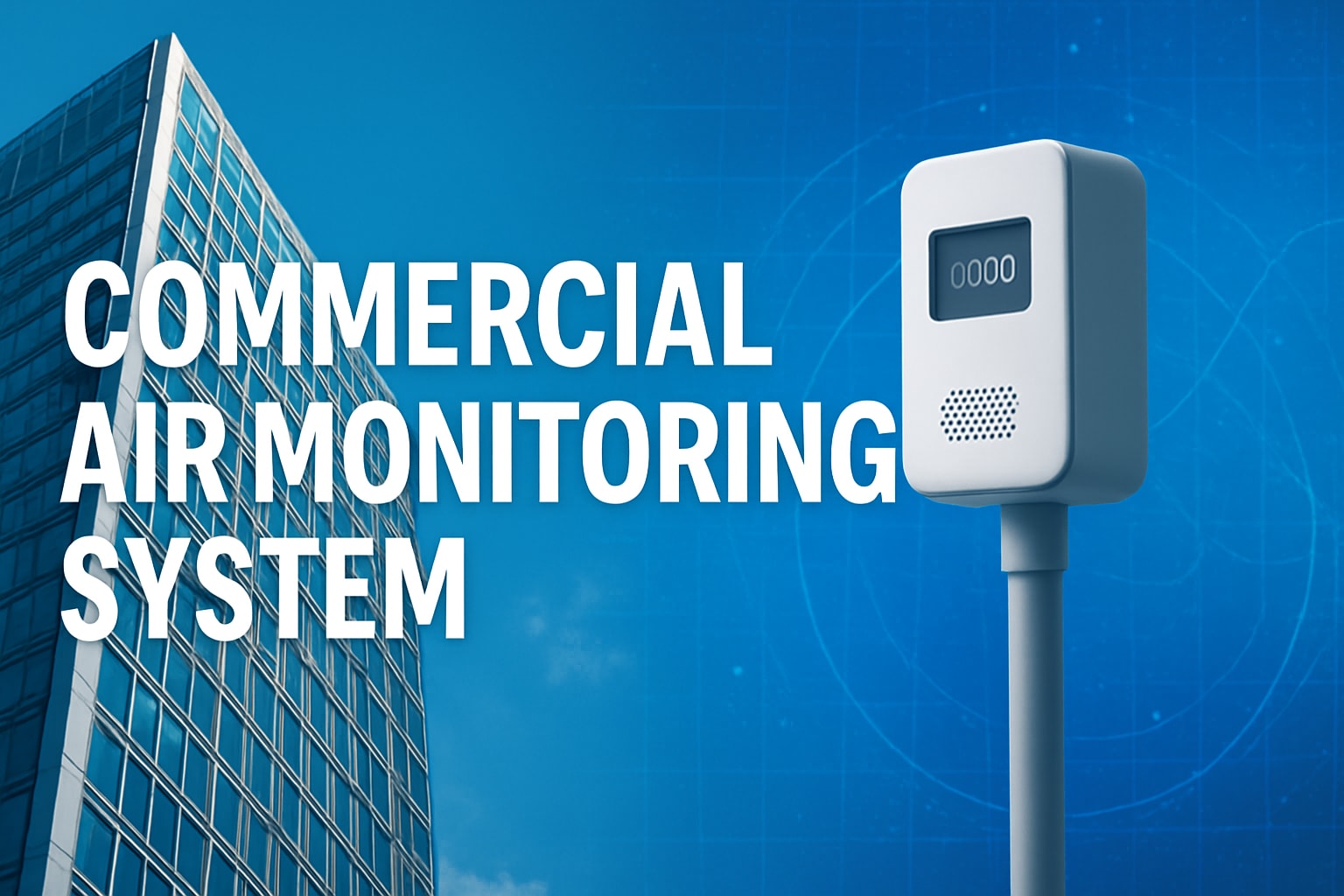

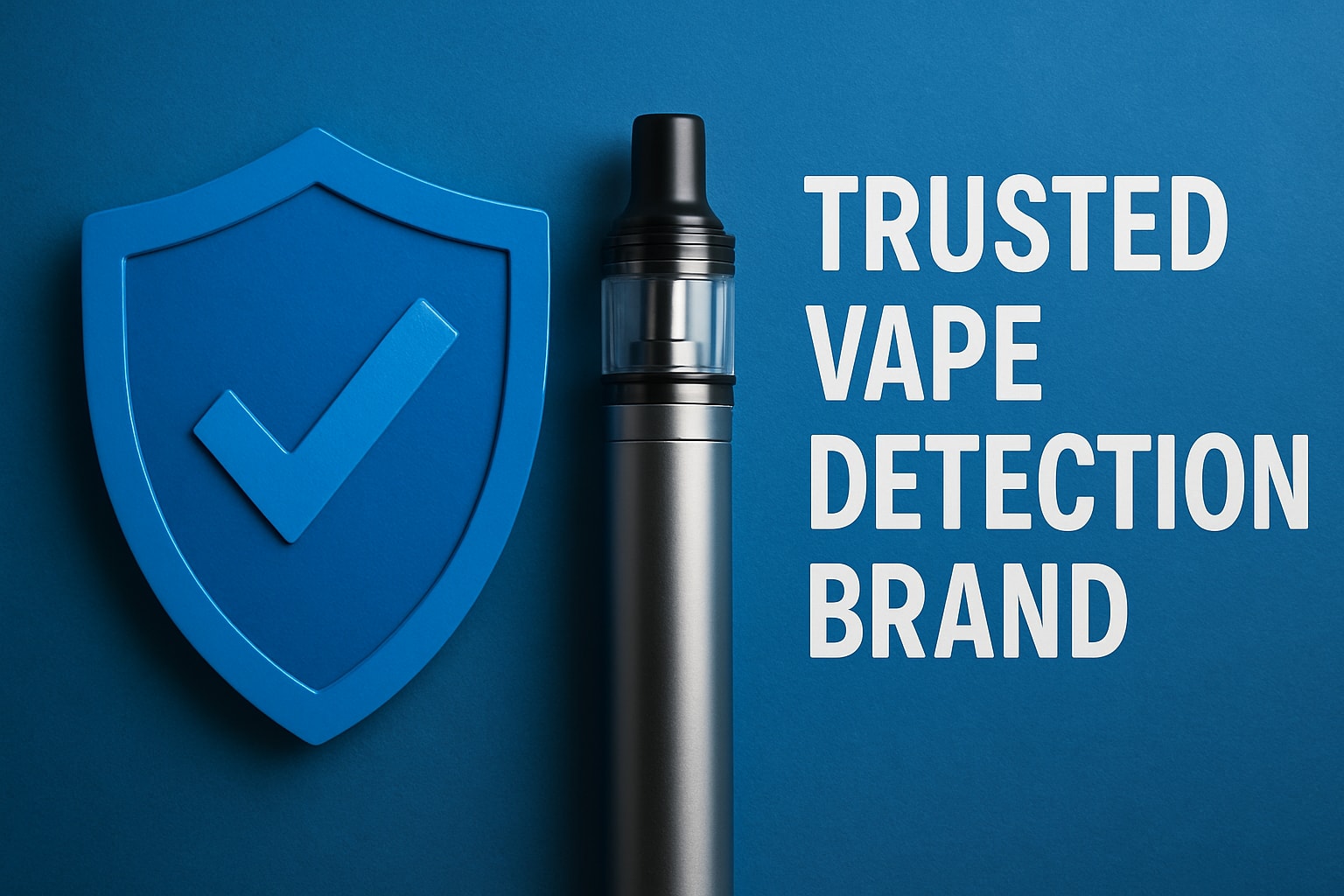
Share:
Vape Detection for Bathrooms: The Essential Guide 2025
Vapor Detector Guide 2025: Essential Insights for Beginners